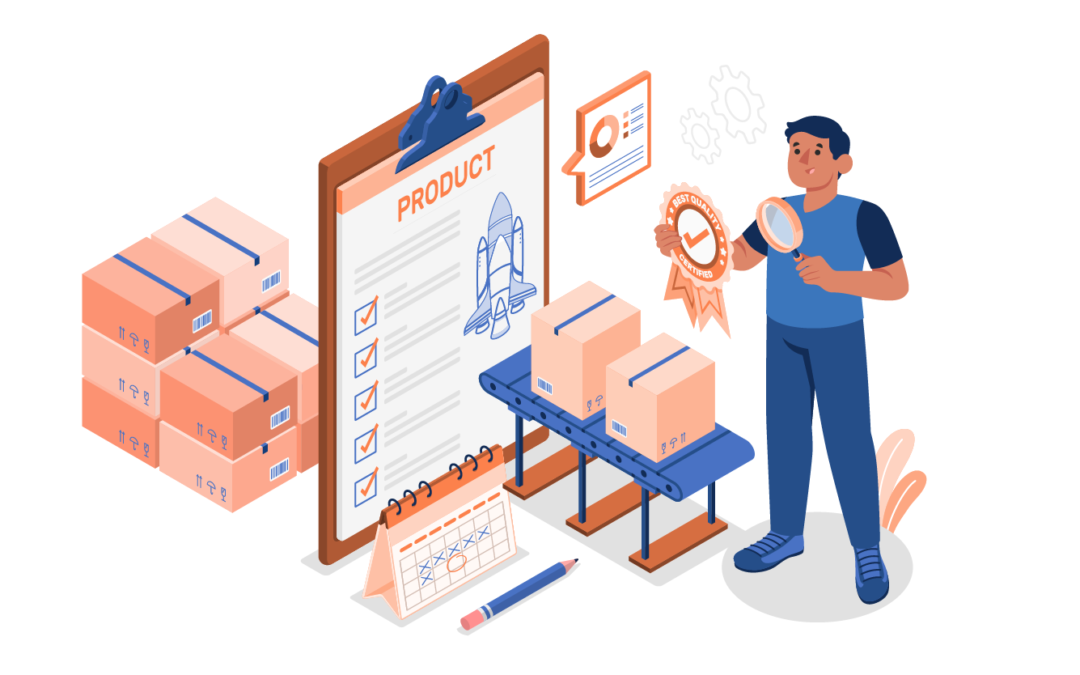Choosing the right product is the foundation of a successful Amazon business. With millions of products available, it’s crucial to identify opportunities that can bring in profits and drive sustainable growth. In this post, we’ll walk you through a basic strategy for product evaluation, highlighting key factors to consider before committing to a product for your Amazon store.
1. Identify Market Demand
The first step in product evaluation is understanding the demand for a product. You’ll want to target products that have a consistent sales history and are in high demand. Use tools like Amazon’s Product Opportunity Explorer, Category insights and third-party tools such as Jungle Scout or Helium 10 to estimate sales volume and identify popular categories.
Look for:
- Seasonality: Does the product sell year-round or only during specific times of the year?
- Sales trends: Is the demand for this product increasing, stable, or declining?
- Customer reviews:What are buyers saying? This helps you gauge consumer satisfaction and potential improvements.
- Market Cap-Size : Does the niche have enough pie size and room for new sellers?
2. Analyze the Competition
While demand is essential, competition is just as crucial. You don’t want to enter an oversaturated market unless you have a clear competitive edge. When evaluating products, study the top competitors to understand how strong their presence is.
Consider:
- Number of reviews: Products with thousands of reviews can be hard to compete with initially.
- Brand dominance: Are the top sellers well-known brands? If yes, it may be more challenging to gain traction.
- Price competition: Look at the pricing structure in the niche. Can you price competitively while maintaining profit margins?
3. Calculate Profit Margins
Your profit margin is key to long-term success on Amazon. Use the product cost, shipping fees, FBA fees (if using Fulfillment by Amazon), and other related expenses to estimate your profit. Aim for at least a 30-50% gross profit margin to account for unexpected costs, returns, and Amazon fees.
To evaluate profitability:
- Use Amazon’s FBA calculator to factor in fees.
- Include costs like manufacturing, packaging, shipping, and import duties.
- Factor in potential marketing and PPC costs.
4. Evaluate Product Size and Weight
Product size and weight are often overlooked but play a significant role in profitability, especially with Amazon FBA. Larger and heavier products incur higher storage and shipping costs, which can eat into your margins.
When assessing a product:
- Consider FBA storage and shipping fees for oversized items.
- Think about the logistics of managing inventory and returns for larger products.
5. Assess Product Differentiation
In a competitive market, finding ways to differentiate your product can make all the difference. This can be done through unique packaging, improved design, better functionality, or additional features that address pain points for customers. Browse customer reviews on existing products to find common complaints or suggestions, then consider how you can use that feedback to enhance your product.
6. Understand Legal Restrictions and Compliance
Certain product categories have restrictions or require approvals to sell on Amazon, such as health supplements, electronics, or products for children. Ensure you’re aware of any legal or compliance regulations before investing in a product.
Check for:
- Amazon’s restricted categories.
- Required certifications (FDA, CE, etc.).
- Potential patent or trademark infringements.
7. Long-Term Potential
While some products may seem profitable in the short term, you’ll want to consider whether the product has long-term potential. Does the product align with market trends? Can you expand your product line or build a brand around it? Focusing on products with long-term growth potential can provide stability and ongoing revenue.
Conclusion
Effective product evaluation is the backbone of a successful Amazon business. By identifying demand, analyzing competition, calculating profit margins, and considering factors like size, weight, and differentiation, you can make informed decisions that set you up for long-term success. Whether you’re just starting or expanding your product offerings, taking the time to evaluate your products properly will ensure you avoid costly mistakes and maximize your growth on Amazon.

